Pulteney Street SurveyFall 2019
100 Things to Explore

34. "I have seen nothing more thrilling," wrote Constance Pittis Davis when describing the World War I Victory Parade on July 14, 1919. A member of the Class of 1913, Davis went to France in 1918 as a YMCA worker. She later wrote in the William Smith Alumnae Bulletin that "the city went perfectly wild-mad with excitement. There was applause for them all but what my impressions and feelings were when our Americans came into view would be hard to describe. Really, I felt as though I would actually explode with pride and joy that I could claim the same country." After the war, Davis stayed in Europe, traveling extensively while working in various capacities to rebuild the continent.
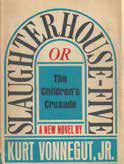
35. Among the World War II POWs in Germany during the bombing of Dresden were Edward Reginald Crone Jr. '45, Gifford Doxsee '46 and Kurt Vonnegut Jr. Litt.D. '74. There, they saw some of the most traumatic destruction of the war. "Dresden was one big flame. The one flame ate everything organic, everything that would burn," Vonnegut would later write in his breakout 1969 novel Slaughterhouse-Five. "It wasn't safe to come out of the shelter until noon the next day ... Dresden was like the moon now, nothing but minerals." Billy Pilgrim, the time-traveling World War II veteran at the heart of the book, was based on Crone, who had hoped to use his time at Hobart to become an Episcopal minister, but who died in Dresden, first refusing food and water and ultimately succumbing to what has been described as "general despair." After a five-year search for his remains following the war, Crone's parents brought him home to be buried at Mount Hope Cemetery in Rochester, N.Y. Every Memorial Day until his own death in 2007, Vonnegut sent flowers to be placed on Crone's grave.
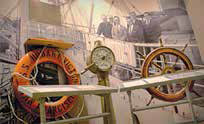
36. The S.S. Hobart Victory was one of about 100 victory ships - "victory" class cargo ships assembled to replace those vessels damaged or destroyed by German U-boats - named in honor of American colleges and universities during World War II. Assembled at a Richmond, Calif., shipyard owned by Henry J. Kaiser Sc.D. '43, the S.S. Hobart Victory was launched on Friday, May 25, 1945 carrying supplies to troops in Japan. Thanks to Grady E. Jensen '44, P'83, L.H.D. '04, a World War II veteran, artifacts from the decommissioned vessel were installed in the library in 2009 through a long-term loan from the U.S. Department of Transportation's Maritime Administration. Shortly after the donation, Jensen hired a professional model-maker to create a 16-inch miniature of the ship, which he also gave to the Colleges.
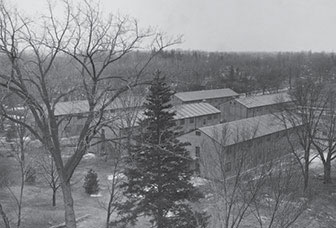
37. In the summer of 1946, five barracks from the Sampson Air Force Base on the east side of Seneca Lake were moved to campus to house the influx of veterans attending college on the GI Bill. Students lived in four of the barracks buildings, located on the south side of the Quad where the Colleges' science buildings now sit, while the fifth barrack was converted into a cafeteria.
38. George Frasca '56 flew 246 combat missions during the Vietnam War. When he retired from the Air Force in 1979 as a lieutenant colonel, he had served as a controller, target pilot, fighter pilot and trainer, and earned 19 air medals and the Distinguished Flying Cross.
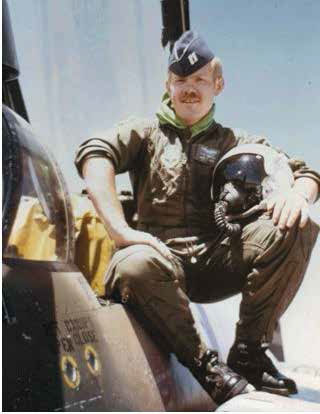
39. The campus' Air Force ROTC program was mandatory for incoming Hobart students from 1951 to 1964. Following ongoing protests during the late '60s, the Colleges announced in 1970 that the program would be disbanded the following year.
40. John Norvell '66, P'99, P'02, a retired Air Force lieutenant colonel and former director of alumni relations, was in the 13th Fighter Squadron during Vietnam. He flew the last unofficial combat mission out of Udorn Royal Thai Air Force Base. There, the 13th adopted a 200 lb. black Asian leopard, Eldridge, which became the mascot of the squadron, which from then on was nicknamed the "Panther Pack." Read more about Norvell on his blog, An American Family.
41. Charles J. Folger of the Class of 1836 devoted himself to public service from his days as a Geneva firefighter and later as president of the Geneva Village Board of Trustees, to his tenure as a State Senator and eventually as Secretary of the Treasury in the Cabinet of President Chester A. Arthur, who came to Geneva for his funeral in 1884. The C.J. Folger Hook & Ladder Company, founded two years later, continues to fight fires in Geneva.
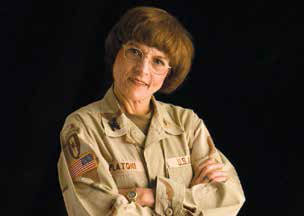
42. A national expert on Post Traumatic Stress Disorder, Col. Katherine T. Platoni '74 was first commissioned as a U.S. Army officer in 1979. A practicing clinical psychologist, she has been deployed four times, serving at Guantanamo Bay, Cuba, as well as in Iraq and Afghanistan. She also supported the New York Police Department at Ground Zero during the aftermath of 9/11.
